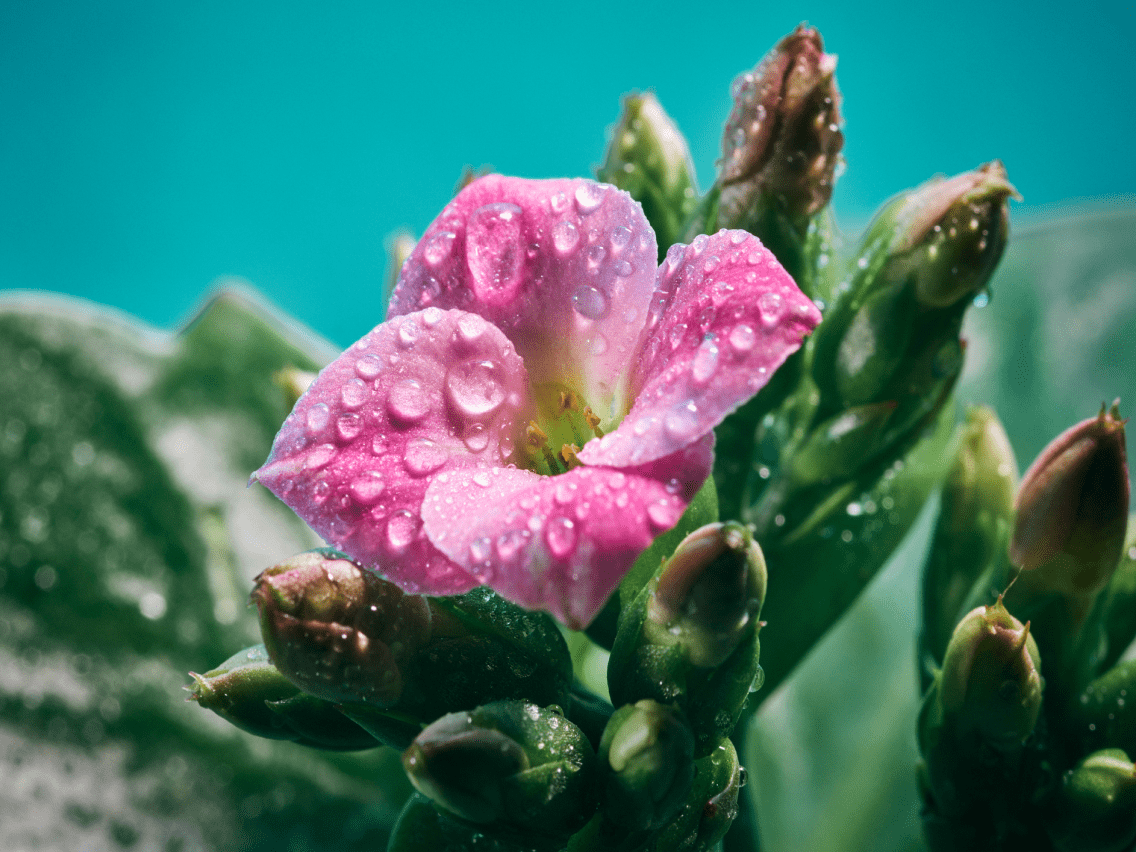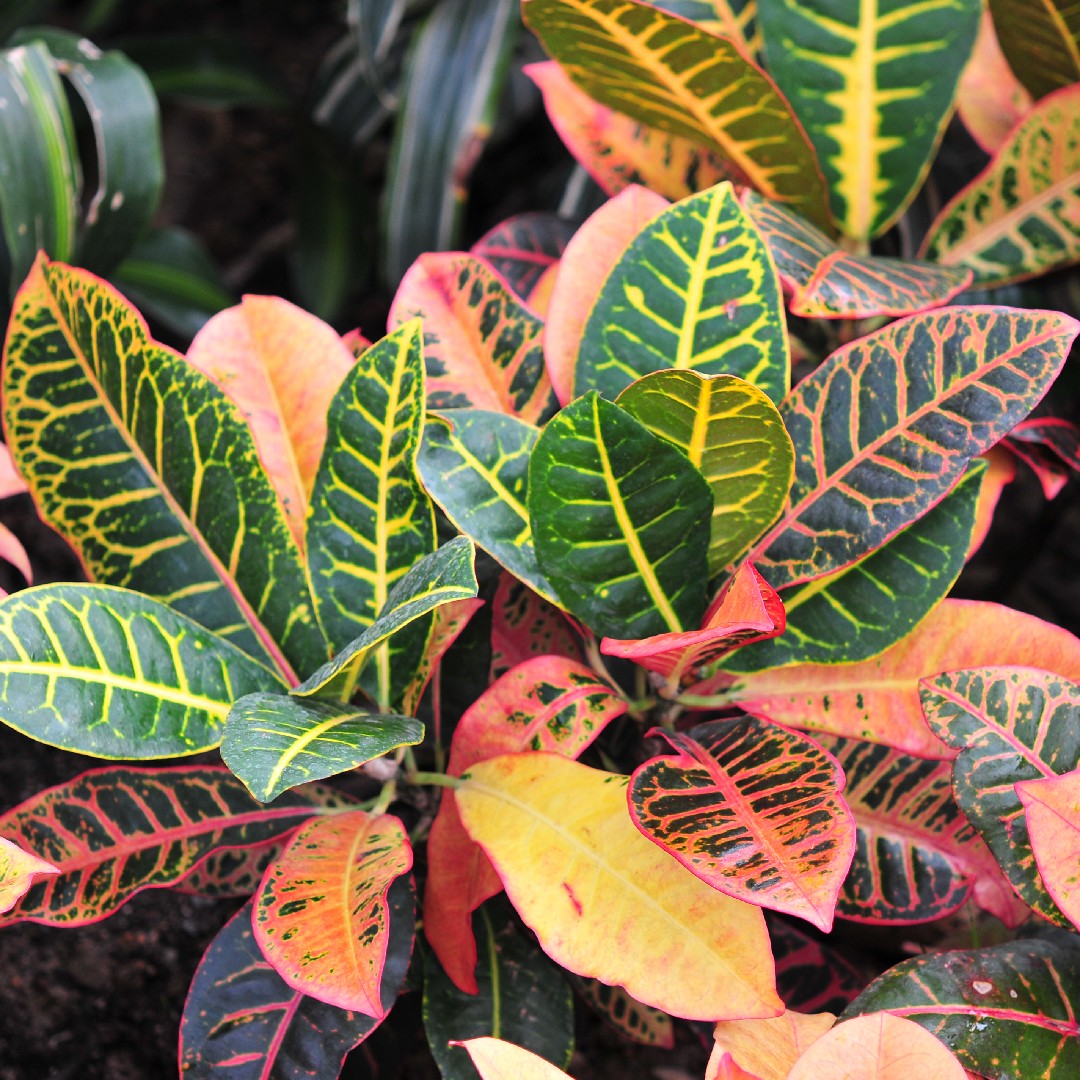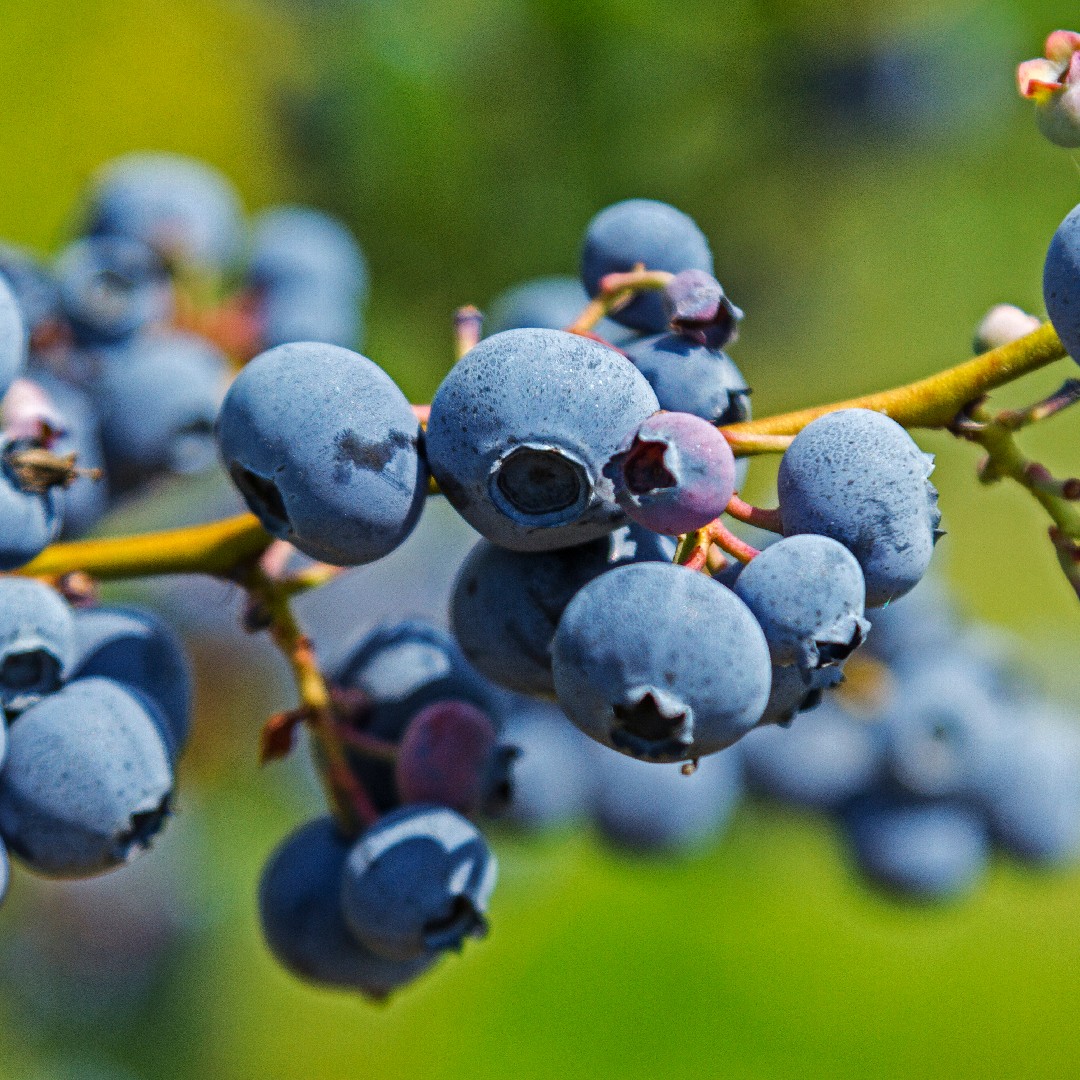What is the best way to water my Swiss cheese plant?
Swiss cheese plant (Monstera deliciosa) Swiss cheese plant
There are plenty of viable ways to supply your Swiss cheese plant with water. If you grow your plant in an indoor pot, for the Swiss cheese plants in small pots, you can bring your potted plant to your kitchen sink. Then, use the faucet to add water to the container. By holding the pot in your hands, you should easily notice when the water begins to run through the pot’s drainage holes, at which point you can stop watering. The cold temperature will hurt the plants' root system, so please don't do this during winter or in cold climates. Most of the time, watering via your faucet is permissible for the Swiss cheese plant. However, if the local tap water contains a high proportion of fluorine, chlorine or salts, you should consider using rainwater or lake water. Also, since the Swiss cheese plant can respond well to overhead watering and watering directly into the soil, you can use a watering can, hose, or just about any tool you’d like to water it.
![]()
Read More
Monstera deliciosa
There are plenty of viable ways to supply your Swiss cheese plant with water. If you grow your plant in an indoor pot, for the Swiss cheese plants in small pots, you can bring your potted plant to your kitchen sink. Then, use the faucet to add water to the container. By holding the pot in your hands, you should easily notice when the water begins to run through the pot’s drainage holes, at which point you can stop watering. The cold temperature will hurt the plants' root system, so please don't do this during winter or in cold climates. Most of the time, watering via your faucet is permissible for the Swiss cheese plant. However, if the local tap water contains a high proportion of fluorine, chlorine or salts, you should consider using rainwater or lake water. Also, since the Swiss cheese plant can respond well to overhead watering and watering directly into the soil, you can use a watering can, hose, or just about any tool you’d like to water it.











